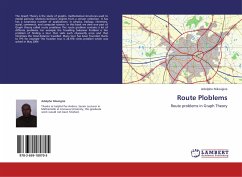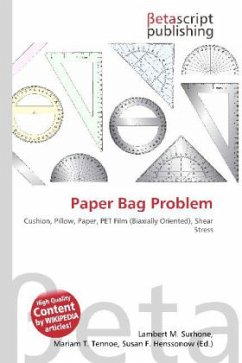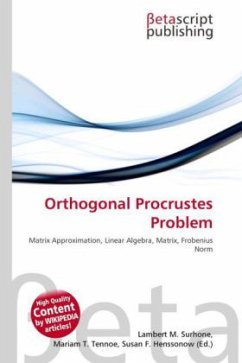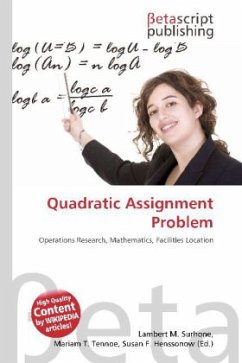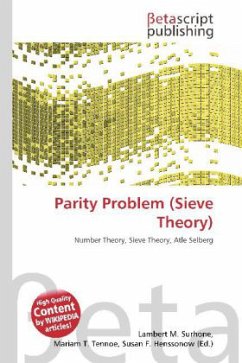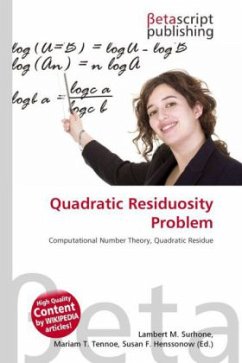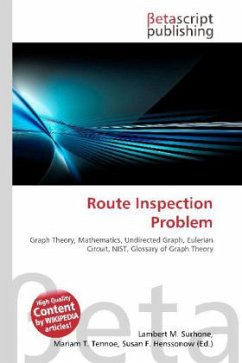
Route Inspection Problem
Versandkostenfrei!
Versandfertig in 6-10 Tagen
23,99 €
inkl. MwSt.

PAYBACK Punkte
12 °P sammeln!
Please note that the content of this book primarily consists of articles available from Wikipedia or other free sources online. In graph theory, a branch of mathematics, the Chinese postman problem (CPP), postman tour or route inspection problem is to find a shortest closed trail (circuit) that visits every edge of a (connected) undirected graph. When the graph has an Eulerian circuit, that circuit is an optimal solution. Alan Goldman of NIST first coined the name ''Chinese Postman Problem'' for this problem, as it was originally studied by the Chinese mathematician Mei-Ku Kuan in 1962. If a g...
Please note that the content of this book primarily consists of articles available from Wikipedia or other free sources online. In graph theory, a branch of mathematics, the Chinese postman problem (CPP), postman tour or route inspection problem is to find a shortest closed trail (circuit) that visits every edge of a (connected) undirected graph. When the graph has an Eulerian circuit, that circuit is an optimal solution. Alan Goldman of NIST first coined the name ''Chinese Postman Problem'' for this problem, as it was originally studied by the Chinese mathematician Mei-Ku Kuan in 1962. If a graph is Eulerian, then a Eulerian path visits every edge, and so the solution is to choose any Eulerian path. If the graph is not Eulerian, it must contain vertices of odd degree. By the handshaking lemma, there must be an even number of these types of vertices. Note that we must revisit edges that come out of these vertices for the solution. We make the graph Eulerian by doubling the paths that connect these vertices in pairs.





